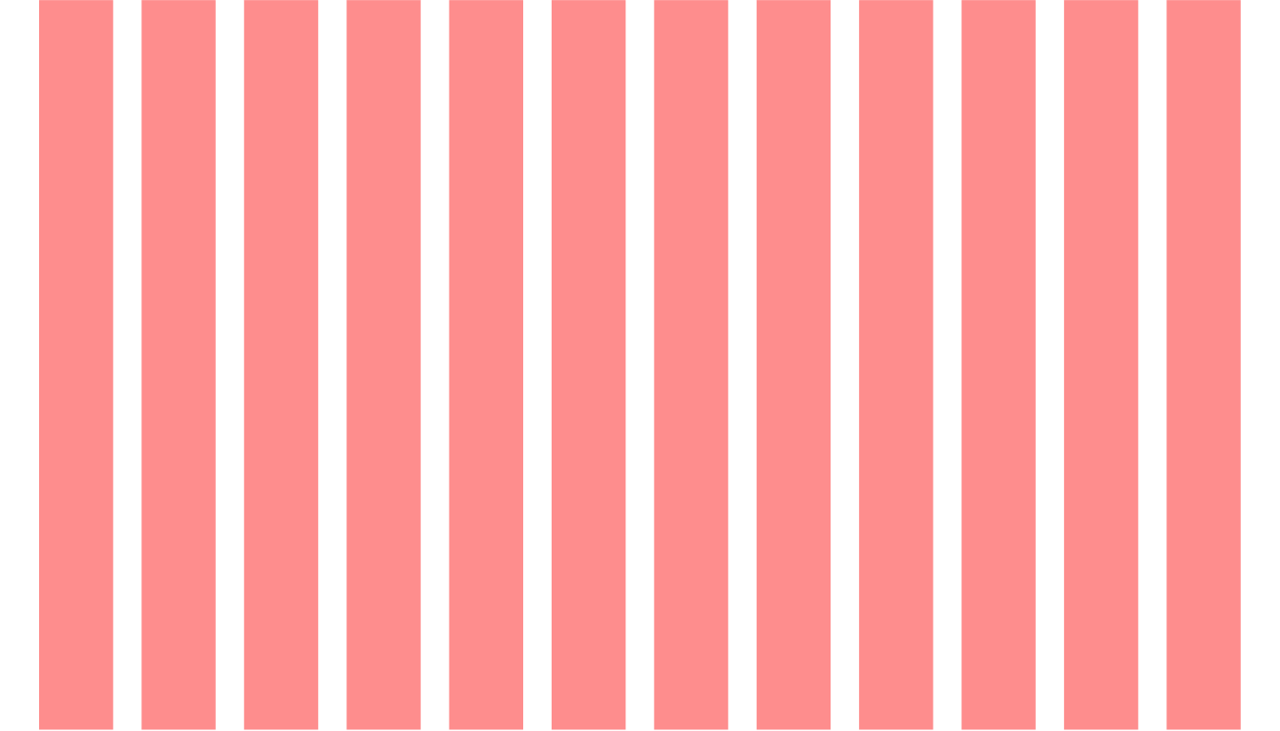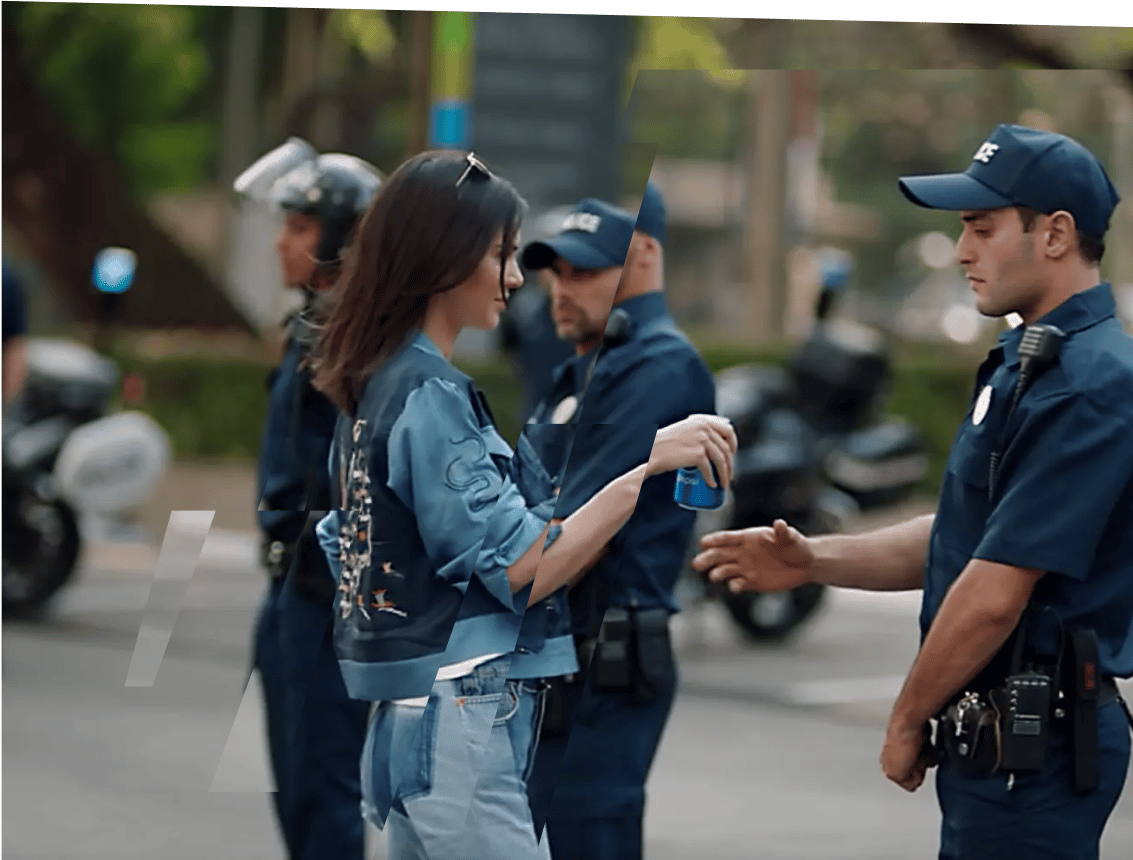
Current State: Chaos
01


Our Gen Z cohort
Gen Z in numbers
01
02
03
We’re all familiar with the Gen Z doomsday warnings (“One misstep and they’ll boycott you!” or “Good luck if you’ve not mastered TikTok!”), and we're well aware that they're uniquely hard to pin. Just when we think we've got them, they shift wildly elsewhere.
It's now an old problem that's still unsolved. Vogue declared Gen Z had 'broke the marketing funnel', and an AdWeekNY event shouted, 'Gen Z hates your ads'. Even the viral memefication of Kamala Harris' election campaign may have backfired with Gen Z.
Our Gen Z disclaimer
Born 2000–2008, Gen Z are 16–24-year-old consumers with purchasing power.
Gen Z now represent 20% of the UK population (ONS2023).
We’re aware that grouping everyone born between two dates into a single category is quite a generalisation. You’ll also see that our key argument is that Gen Z’s diversity demands nuance, and we must avoid generalisations. Yet, to have that conversation, we need a shared language and a group to refer to. So, for ease,
‘Gen Z’ is how we’ll talk about our subject for now.
Where are we going wrong?
Outdated thinking fails to connect with a misunderstood generation




So, what's everyone missing? We know they're digital-first - some even choosing universities based on how Instagrammable they are. And sure, they have the shortest attention spans on record – reportedly struggling with university reading lists. But we still can't quite get them. Why?
To uncover the truth, as part of an ongoing deep dive, we launched a multi-phase, intergenerational study on the digital behaviours and opinions of 1,800 UK humans. The results? Game changing. And it all comes down
to this:
First, let's look at the world Gen Z were born into: Post 2000. Gen Z weren't just born in the digital era; they were born in an era defined by chaos.
They're post US9/11 and UK7/7, post Iraq and Afghanistan, post climate breakdown – their world has always been burning. Big tech's "move fast and break things" defined their world. MAGA and Brexit unfolded when they were 8-16 years old.
For them, chaos is normal. The unchangeable changes and the unbreakable breaks all.the.time.
They’re post-millennium, post-Matrix, post post-modernism. They didn't 'wake up'; they've always been awake – born into a world where their reality has always been subjective.
This constant uncertainty, this normalised chaos, has pushed them to question everything and rely on nothing. Stability is a relic. Rapid change is all they know. When we look at their world, is their behaviour a surprise?
A fixed state of thinking
that leans too heavily on outdated tools


A subtle misunderstanding
of gen z
The digital era? Or an era defined by chaos?
For Gen Z, 'chaos' is normal


Their
world in constant
flux
Identity
Social and political unrest
Economic
Information
Technological
24/7 digital news cycle; Cambridge Analytica; ‘Fake news’
The Great Recession; 14 years of government austerity programmes; 2022 cost of living crisis; Digital currencies
iPhone; Metaverse; NFTs; Crypto; AR/VR; AI; Deepfakes
MAGA; Brexit; climate breakdown; Occupy; BLM; Extinction Rebellion; 3 PMs in 2 months; Covid-19; Gaza; Ukraine
Ever-diversifying communities; LGBTQIA+; neurodiversity.
Let's dive in



Why is connection
so elusive?
What is driving this?
Old methods, old tools, old thinking
How do brands act towards Gen Z? Chaotically. Fuelled by old thinking instead of fresh insights, we shower them in endless content they think they want, only to find the promised land, brand loyalty, harder and harder to reach.
Quality has been sacrificed for quantity as the optimisation machine runs at full tilt. Craft and the luxury of thoughtful gestation are long gone, replaced by an exhausting avalanche that serves neither brand nor audience. The fatigue is real. And the returns are diminishing.
Don’t forget too that Gen Z is skint with 1/3 reporting feeling financially insecure, which only adds to their branded-content overload...
Gen Z with smart phones
Gen Z online most of the day

The self-imposed pressure to be relevant and a misunderstanding of the problem and how to solve it. There's a comfortable assumption that the methods and tricks we’ve been using - generational comparisons, personas, test and learn as we go - are OK, they do the job. But that’s not quite the case…
TWO FACTORS: PRESSURE AND MISPERCEPTION





On SEO and paid digital ads:
63% of Gen Z use ad blockers.
75% of Gen Z actively avoid banner ads and pop-ups due to inauthenticity and intrusiveness.
"A lot of young people don't trust Google results anymore because they percieve them as all paid affiliates".
OVER reliance
You’d think brands would’ve learned after Pepsi were accused of trivialising Black Lives Matter; but Asda, Walmart and Bumble have all been recent ‘reactors’.
REACTIVE INSTEAD
OF GENUINE
' ...the surveys we conducted 20 or 30 years ago aren't usually comparable enough to the surveys we're doing today." - Pew Research
Flawed intergenerational research
The detrius of marketeers in long forgotten folders. Often static stereotypes overloaded with irrelevant, unactionable data.
Tired personas



When we rely on old ways of thinking, it’s no wonder efforts to connect with Gen Z fall flat. Not only does it harm a brand’s ability to connect, but it wastes resources, misses key opportunities and can alienate, irritate and fundamentally repel the audiences they’re trying to reach.
Brand loyalty = your sticky factor
What are y’all de-influencing in 2024?
How can I trust today what might be irrelevant tomorrow?
So how do brands navigate the chaos and connect with a Gen Z audience who are asking...
There is the risk of bankruptcy for once successful brands, with Gen Z’s trusted voices turning on them, and even anti-trends becoming movements that can fundamentally harm the
bottom line.




Are your personas up to scratch?
The Body Shop files for bankruptcy in the US and Canada
What Express filing for bankruptcy signals about Gen Z shopping habits

Chappell Roan says H&M doesn’t belong in her world. That’s a bad sign for fast fashion brands that need
Gen Z’s buy-in.


No wonder brands are failing to connect
The struggle is real
Customers return to you regardless
of price.




